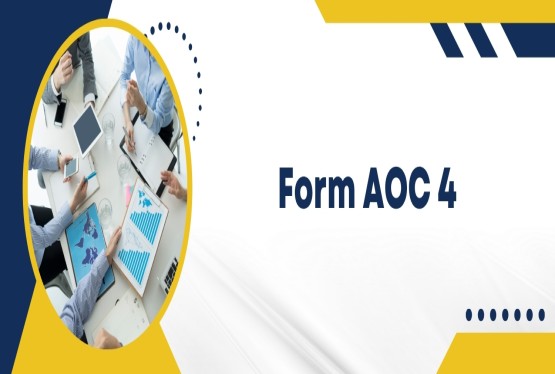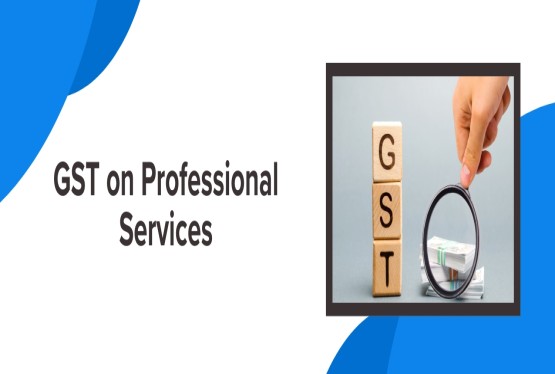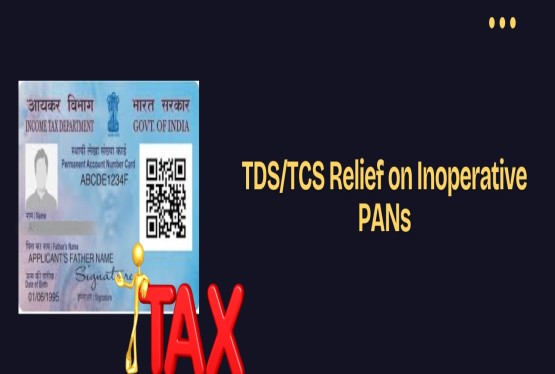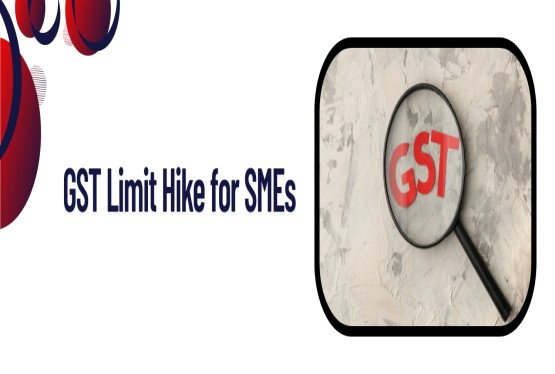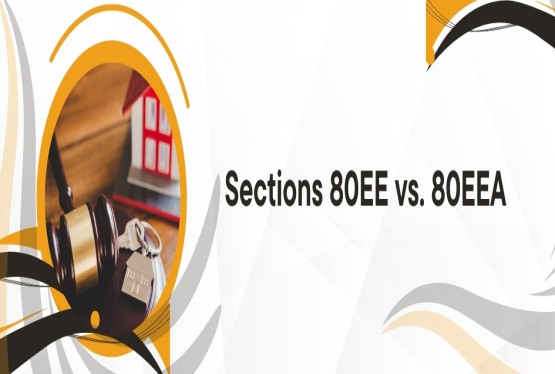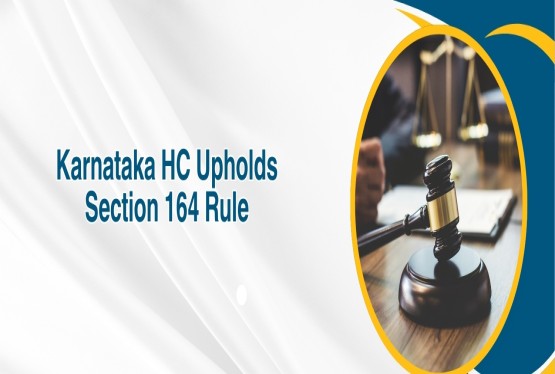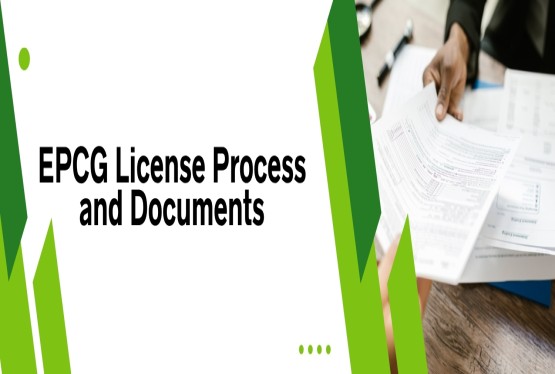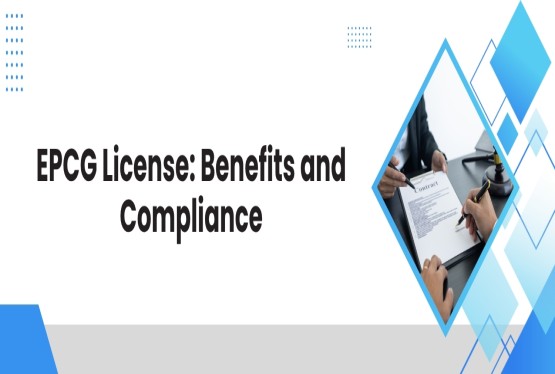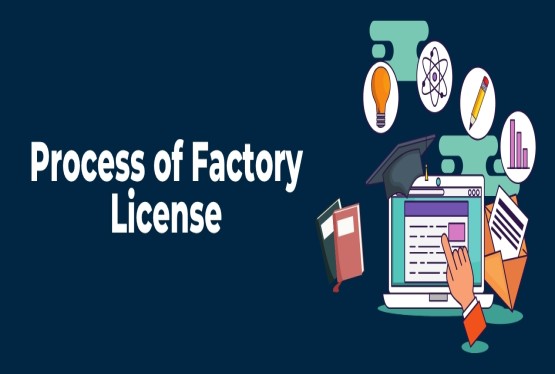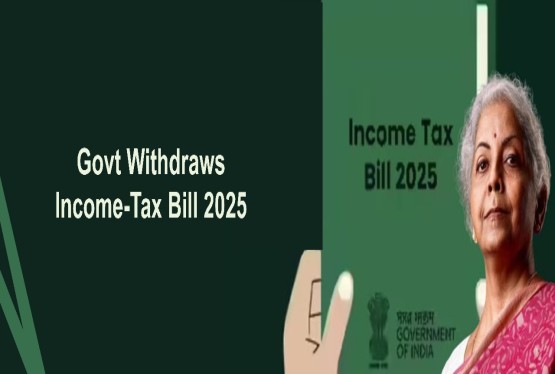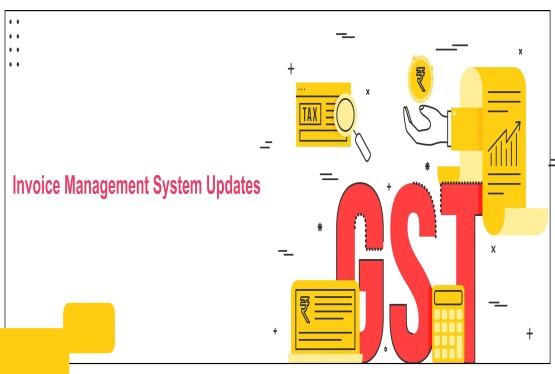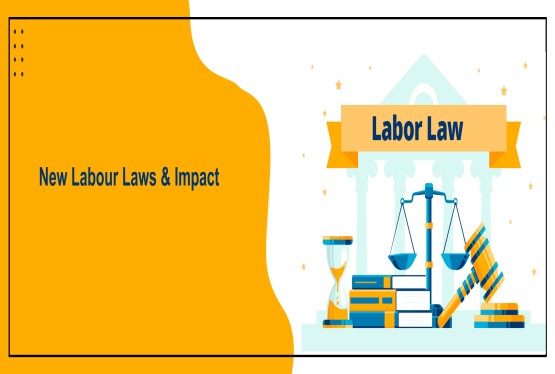Section 35DDA of the Income Tax Act provides a specific tax deduction benefit for companies and businesses that incur expenditure under a Voluntary Retirement Scheme (VRS). The government introduced this section to offer relief to businesses restructuring their workforce, enabling them to pay off the expenses associated with voluntary retirement over a period of time. In this article, we will explain in detail what this section entails, its purpose, eligibility, and the legal provisions it incorporates.
What is a Section 35DDA of the Income Tax Act?
Section 35DDA of the Income Tax Act was introduced to allow tax deductions for expenditure incurred by businesses on employee voluntary retirement schemes. When a company pays a lump sum amount to employees who voluntarily choose to retire as part of a structured VRS, such expenses can be substantial. This provision ensures that the business can spread the deduction of such a large outlay over multiple years instead of claiming the entire amount in one financial year. This section helps businesses manage their cash flows and tax liabilities more effectively. Instead of bearing the entire deduction burden in one year, companies can amortise the expenditure over a period of five years.
Voluntary Retirement Scheme (VRS) – What Does It Mean?
A Voluntary Retirement Scheme (VRS) is a scheme introduced by companies to reduce their workforce. It allows employees to opt for retirement before their normal retirement age. The employer offers a financial package or compensation to the employee in return for early retirement.
Such schemes are commonly used during mergers & acquisitions, reorganisations, or cost-cutting exercises. VRS is governed by various labour laws and must follow guidelines laid down by the Department of Public Enterprises or respective governing authorities. When an employee accepts a VRS, the employer incurs a financial cost. Section 35DDA of the Income Tax Act provides relief for this cost.
Tax Deduction under Section 35DDA – Sub-Section (1)
As per sub-section (1) of Section 35DDA of the Income Tax Act, where an assessee incurs any expenditure during the previous year by way of payment to an employee under a voluntary retirement scheme, only one-fifth (1/5th) of the total amount paid is deductible in the same previous year. The remaining four-fifths of the expenditure will be allowed as a deduction in equal instalments over the next four previous years. This means the total VRS expenditure will be amortised over five years.
For example, if a company pays ?10 lakh under VRS in FY 2024-25, it can claim ?2 lakh in FY 2024-25 and ?2 lakh each in FY 2025-26, 2026-27, 2027-28, and 2028-29. This helps businesses manage their tax outflows more evenly across financial years.
Applicability to Amalgamations – Sub-Section (2)
According to sub-section (2) of Section 35DDA of the Income Tax Act, if the company that incurred the VRS expenditure is involved in an amalgamation before the five-year amortisation period ends, the remaining deductions shall be available to the amalgamated company. In other words, the benefit of deduction under this section will not be lost if the original company is merged into another. The new amalgamated company can claim the remaining deductions as if the amalgamation had not occurred. This ensures continuity of tax benefits even in the event of corporate restructuring, giving assurance to merging companies.
Applicability to Demergers – Sub-Section (3)
In sub-section (3) of Section 35DDA of the Income Tax Act, a similar provision is made in the case of demergers. If the business undertaking that was entitled to deductions under Section 35DDA is transferred to another company in a scheme of demerger, then the resulting company can continue to claim the remaining deductions.
Again, the law provides that the benefit will apply to the resulting company as it would have applied to the demerged company had the demerger not taken place. Thus, businesses undergoing demergers do not lose out on previously approved VRS expenditure deductions.
Reorganisation of Firms and Proprietorships – Sub-Section (4)
According to sub-section (4) of Section 35DDA of the Income Tax Act, where a firm or a proprietary concern is succeeded by a company, as per conditions mentioned in clause (xiii) or clause (xiv) of section 47, the benefit of deduction under Section 35DDA will transfer to the successor company.
This means if a partnership firm or sole proprietorship incurs VRS expenditure and later converts partnership firm into a private limited company or sole proprietorship into a Private Limited Company while meeting the conditions of tax neutrality under section 47, the new company will be allowed to continue amortising the VRS expenditure. The clause ensures tax benefit continuity during business reorganisation from unincorporated to incorporated entities.
Reorganisation into LLP – Sub-Section (4A)
In sub-section (4A) of Section 35DDA of the Income Tax Act, it is specified that where a private limited company or an unlisted public company is converted into a Limited Liability Partnership (LLP) and this conversion meets the requirements of clause (xiiib) of section 47, the deduction under Section 35DDA will be allowed to the LLP.
The LLP will enjoy the benefit in the same manner as the original company would have, had the conversion not taken place. This provision acknowledges the increasing number of companies converting to LLPs and ensures continuity of tax benefits under Section 35DDA.
Restriction on Deduction During the Year of Transfer – Sub-Section (5)
Sub-section (5) of Section 35DDA of the Income Tax Act makes it clear that no deduction shall be allowed to the original entity for the year in which the business is transferred due to amalgamation, demerger, or reorganisation. This means, if the amalgamation or demerger takes place during the financial year in which the VRS payment is made or amortised, the original company (amalgamating/demerged/firm) cannot claim the deduction for that year. Instead, the successor (amalgamated/resulting/successor entity) will claim it. This avoids duplication and ensures a smooth transition of tax deduction benefits.
Prohibition of Dual Deduction – Sub-Section (6)
Sub-section (6) of Section 35DDA of the Income Tax Act states that no deduction for expenditure under a voluntary retirement scheme should be claimed under any other section of the Income Tax Act. This prevents double deduction of the same expense under different provisions, thereby preserving the integrity of the tax system. Taxpayers must ensure that if they are claiming a deduction under Section 35DDA, they are not claiming the same under sections like 37 or 35.
Compliance Requirements and Records
While claiming deduction under Section 35DDA of the Income Tax Act, the assessee must ensure proper documentation and record-keeping. The company must maintain proof of payments made under VRS, the scheme details, and the accounting records reflecting amortisation. In the event of scrutiny or audit by the Income Tax Department, supporting evidence is important. Absence of such records may lead to disallowance of deduction. Companies should get the VRS scheme approved by their Board of Directors and maintain employee-wise details of payouts.
Important Judicial Interpretations and Clarifications
Several rulings and clarifications from the Income Tax Appellate Tribunal (ITAT) and courts have reiterated that Section 35DDA of the Income Tax Act must be interpreted strictly. For example, courts have clarified that VRS expenditure should be directly linked to an approved scheme and properly disclosed in financial statements. Furthermore, if a company fails to follow the instalment-based deduction method and claims the entire deduction in a single year, such a claim is likely to be rejected during assessment.
Conclusion
Section 35DDA of the Income Tax Act provides important relief for companies opting for workforce rationalisation through voluntary retirement schemes. The provision ensures that the financial burden of such payments is spread evenly over five years, thereby enabling better financial planning and smoother tax liability management. This section also accommodates modern business realities such as mergers, demergers, and conversions into LLPs, allowing successor entities to continue claiming deductions. However, businesses must strictly adhere to the conditions and maintain necessary documentation to avail the benefits without legal hurdles.
If you have any queries regarding Income Tax or need any assistance in filing ITR, connect with Compliance Calendar LLP Experts through mail at info@ccoffice.in or Call/Whatsapp at +91 9988424211.
FAQs on Section 35DDA of the Income Tax Act
Q1. What kind of expenditure is allowed under Section 35DDA?
Ans. Only expenditure made under a voluntary retirement scheme is allowed. The amount should be paid to employees as part of a structured VRS scheme.
Q2. Can the entire VRS expenditure be claimed in one year?
Ans. No. As per Section 35DDA, only one-fifth of the expenditure can be claimed in the first year, and the remaining four-fifths must be claimed in equal parts over the next four years.
Q3. What happens if the company is amalgamated or demerged during the deduction period?
Ans. In case of amalgamation or demerger, the successor entity can continue to claim the remaining deduction in the same manner.
Q4. Is approval required for the VRS scheme?
Ans. Yes, the scheme should be approved internally and documented appropriately. It should be implemented according to prescribed rules to qualify under Section 35DDA.
Q5. Can the same deduction be claimed under Section 37 or other provisions?
Ans. No. Sub-section (6) prohibits claiming the same deduction under any other provision of the Income Tax Act.
Q6. Are LLPs eligible to claim this deduction?
Ans. Yes, if an LLP is formed by conversion of a company under conditions of section 47(xiiib), it can claim deductions under Section 35DDA.
Q7. What documents are required to support a deduction under Section 35DDA?
Ans. Records of employee payments, Board resolutions, employee consent forms, and accounting statements showing amortisation are necessary.








_crop10_thumb.jpg)




































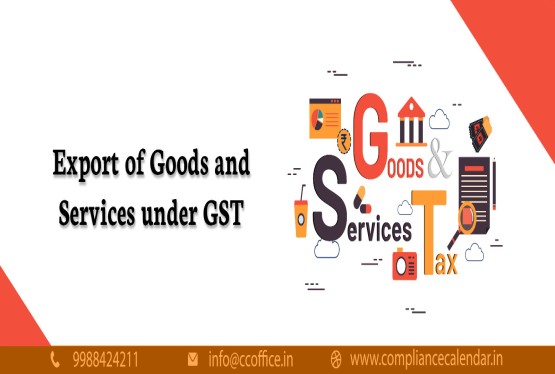













































_for_FY_2025-26_crop10_thumb.jpg)



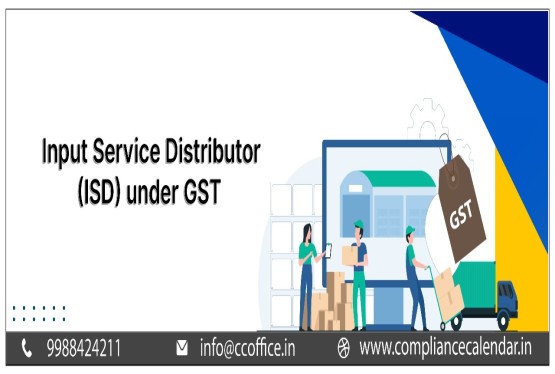








_learn_crop10_thumb.jpg)








_Filing_Due_Dates_for_FY_2024-25_learn_crop10_thumb.jpeg)
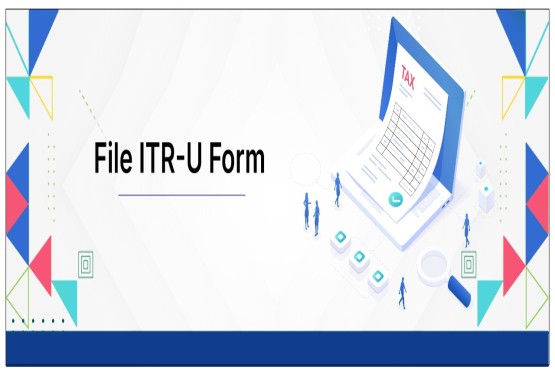

























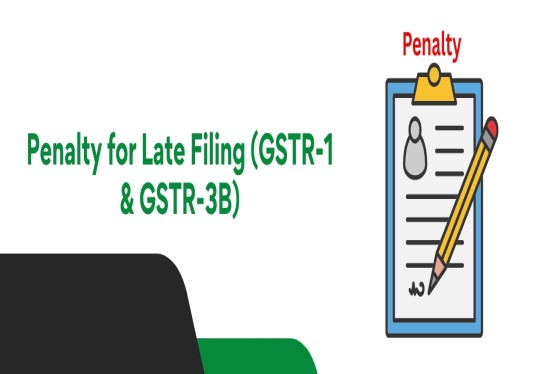












_of_GST_Act_learn_crop10_thumb.jpg)










_Under_GST_learn_crop10_thumb.jpg)









_crop10_thumb.jpg)


_crop10_thumb.jpg)






_learn_crop10_thumb.jpg)






















_of_the_Income_Tax_Act_learn_crop10_thumb.jpg)



_learn_crop10_thumb.jpg)






_learn_crop10_thumb.jpg)






_crop10_thumb.jpg)




















_in_The_Income_Tax_Act,_1961_learn_crop10_thumb.jpg)



_learn_crop10_thumb.jpg)



_of_the_Income_Tax_Act_learn_crop10_thumb.jpg)


_Of_Income_Tax_Act_learn_crop10_thumb.jpg)








_learn_crop10_thumb.jpg)







_learn_crop10_thumb.jpg)
_crop10_thumb.jpg)






















_learn_crop10_thumb.jpg)
_for_Import_and_Export_learn_crop10_thumb.jpg)









